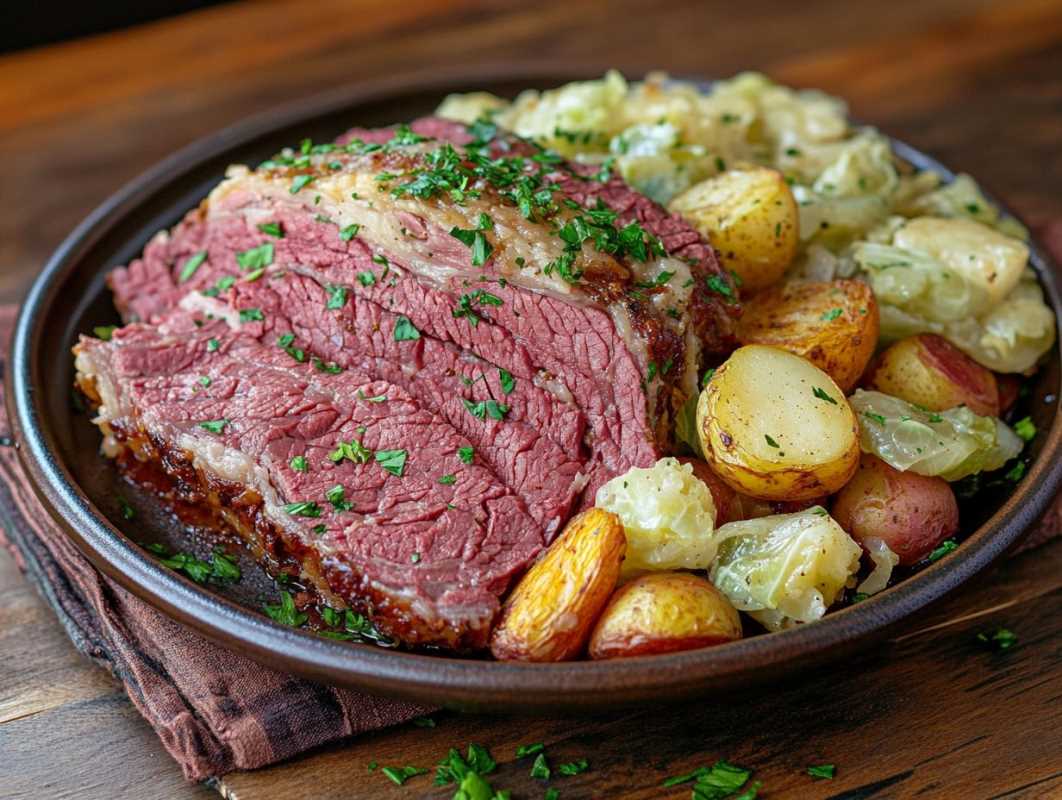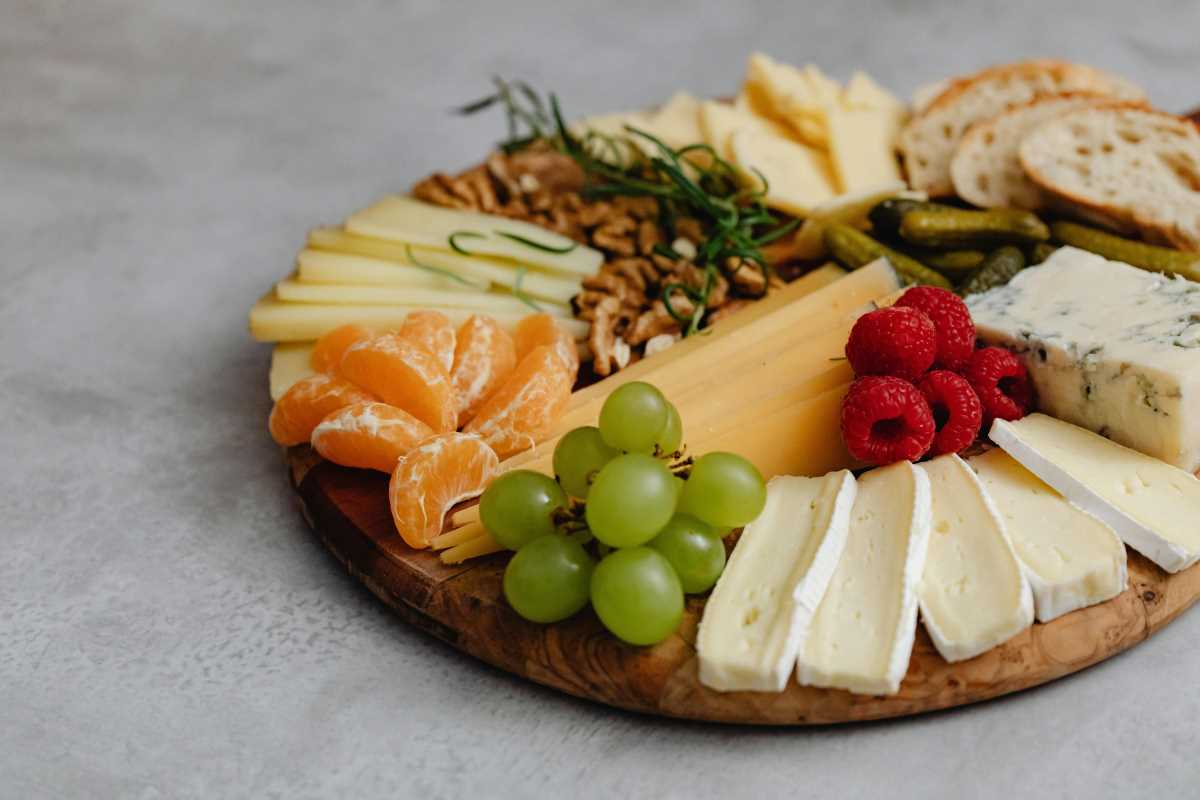Corned beef is a comfort food classic that’s as versatile as it is delicious. Whether you're enjoying it on St. Patrick’s Day with a side of cabbage or turning it into mouthwatering sandwiches, getting it cooked just right is the secret to maximizing its flavor and tenderness. Many people shy away from making corned beef at home, fearing they'll end up with a tough, dry piece of meat. But fear not—with the right methods and a little patience, you'll be serving up corned beef that’s melt-in-your-mouth tender every time.
This guide will walk you through the best methods for cooking corned beef, from boiling to slow cooking to baking, so you can find the approach that works best for you. We’ll also share tips on choosing the perfect cut, seasoning like a pro, and achieving the ultimate texture and flavor.
What Is Corned Beef?
Before we get started, it’s helpful to understand what corned beef actually is. Corned beef is a cut of beef (usually brisket) that has been cured with a seasoned brine. The name "corned" refers to the coarse grains of salt (once called "corns") traditionally used in the curing process. The result is a flavorful, well-seasoned cut of meat perfect for slow cooking. Most store-bought corned beef comes pre-cured and can include a spice packet for seasoning.
Choosing the Right Corned Beef
When shopping for corned beef, keep these tips in mind to get the best results:
- Pick the cut that suits you: Brisket comes in two cuts:
- Flat cut: Easier to slice, has less fat, and is more uniform in shape.
- Point cut: Has more marbling, which adds flavor, but is less uniform in shape.
- Look for uniform marbling: A bit of fat throughout the meat adds flavor, but you don’t want an overly fatty piece.
- Check the brine: The curing liquid should look clear and fresh, with a deep aroma from the spices.
- Size matters: Take into account shrinkage during cooking. Corned beef will shrink by about one-third of its size as it cooks.
Preparing Your Corned Beef
Before cooking, rinse the corned beef under cold water to remove excess salt from the brine. This step is especially important if you prefer a milder flavor. Pat the meat dry with paper towels before proceeding.
Now, it’s time to explore different cooking methods.
Method 1: Boiling (Traditional Method)
Boiling is the most common way to cook corned beef, and it’s great if you want to keep the process simple while achieving tender and flavorful results.
Ingredients:
- 1 corned beef brisket (3-5 pounds)
- Water
- 1 onion, quartered
- 2-3 garlic cloves, smashed
- Optional spices from the corned beef packet (or your own blend of peppercorns, bay leaves, mustard seeds, and cloves)
Instructions:
- Place the corned beef in a large pot. Add enough water to cover the meat entirely.
- Add the onion, garlic, and spice packet (or your own seasoning blend) to the pot.
- Bring the water to a boil over medium-high heat. Once boiling, reduce the heat to low and cover the pot.
- Simmer for about 2.5 to 3 hours, or 50 minutes per pound. Check periodically to skim off any foam that rises to the surface.
- To test doneness, use a fork to check if the meat is tender. The fork should slide in easily without resistance.
- Remove from the pot and rest for 10-15 minutes before slicing against the grain for maximum tenderness.
Pro Tip: Add cabbage, carrots, and potatoes to the pot for the last 30 minutes of cooking for a complete meal.
Method 2: Slow Cooking
If you're a fan of set-it-and-forget-it cooking, then the slow cooker is your best friend. This method infuses the meat with flavor while keeping it deliciously moist.
Ingredients:
- 1 corned beef brisket (3-5 pounds)
- 4 cups beef broth (or water)
- 1 onion, quartered
- 2 bay leaves
- 2-3 garlic cloves, smashed
- Spice packet or seasonings of your choice
- Optional veggies (cabbage, carrots, potatoes)
Instructions:
- Place the corned beef in the slow cooker, fat side up.
- Add the onion, garlic, bay leaves, and spices around the meat.
- Pour in the beef broth or water until the brisket is mostly submerged.
- Cook on low for 8-10 hours or high for 4-6 hours.
- During the last hour of cooking, add your vegetables if you’re making a one-pot meal.
- Once done, remove the meat and rest for 15 minutes before slicing.
Pro Tip: Slow cooking on low yields the most tender results, so opt for this setting if you have time!
Method 3: Baking
If you prefer a caramelized exterior on your corned beef, baking is the way to go. This method adds depth with a glaze or seasoning crust.
Ingredients:
- 1 corned beef brisket (3-5 pounds)
- 1/4 cup Dijon mustard
- 3 tbsp brown sugar
- Foil for wrapping
Instructions:
- Preheat your oven to 350°F.
- Remove the corned beef from its packaging, rinse it, and pat dry. Place it fat side up on a large sheet of foil.
- Spread Dijon mustard evenly over the meat and sprinkle with brown sugar.
- Wrap the corned beef tightly in foil and place it on a baking dish.
- Bake for 2.5 to 3 hours, or until fork-tender. Add an extra 30 minutes if baking a particularly large brisket.
- Unwrap the foil during the last 10-15 minutes and broil on high to caramelize the glaze.
- Rest the meat for about 10 minutes before slicing.
Pro Tip: Serve baked corned beef with crusty bread and grainy mustard for a bold and satisfying pairing.
Tips for Perfect Corned Beef Every Time
Regardless of your cooking method, these extra steps will ensure that your corned beef turns out perfectly:
- Cook low and slow: Corned beef needs time to break down its tough fibers, so don’t rush the cooking process.
- Slice against the grain: Always slice corned beef against the grain to keep the meat tender rather than chewy.
- Season carefully: Corning inherently makes the beef salty. Taste test before adding extra salt to your recipe.
- Rest before cutting: Resting the meat after cooking helps redistribute the juices, making each slice juicier and more flavorful.
- Leftover creativity: Use leftovers in sandwiches, hash, or even layered into casseroles for a second meal that’s just as delicious.
With a little patience and attention to detail, you’ll have a perfectly tender and flavorful corned beef every single time. Serve it alongside your favorite sides, and don’t forget to save some for the next day’s sandwiches
 (Image source: Midjourney)
(Image source: Midjourney) 





